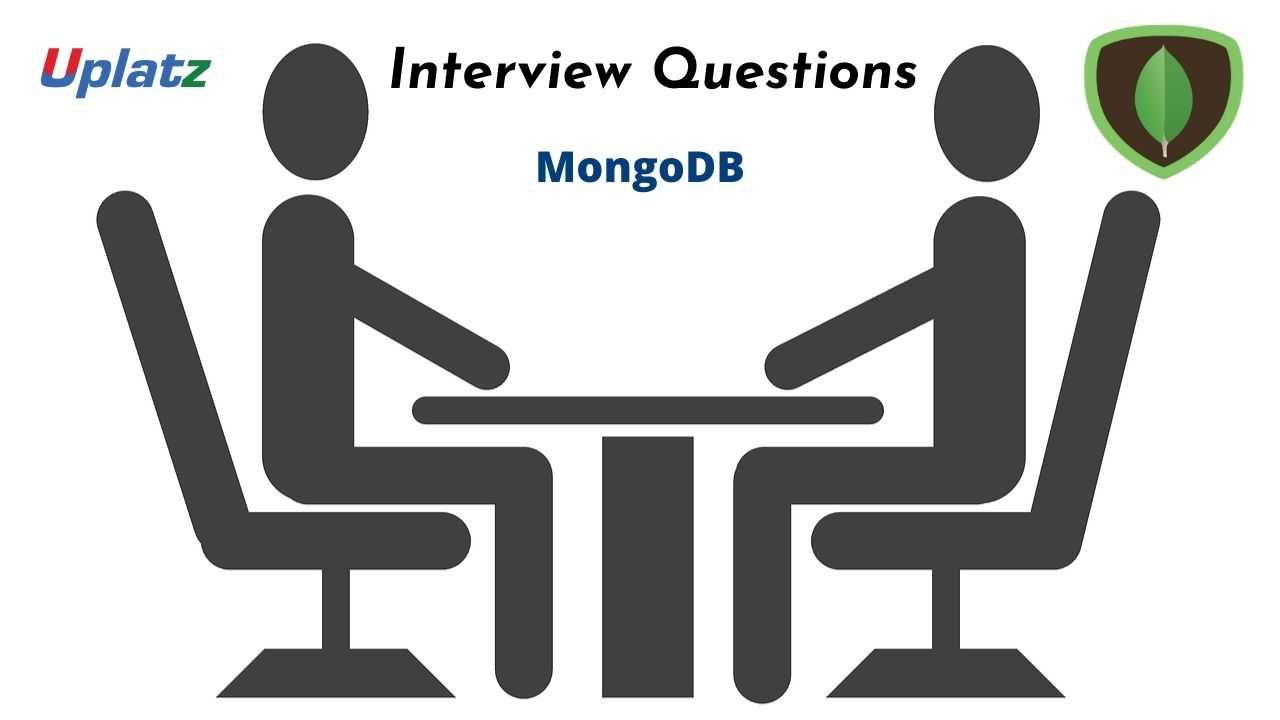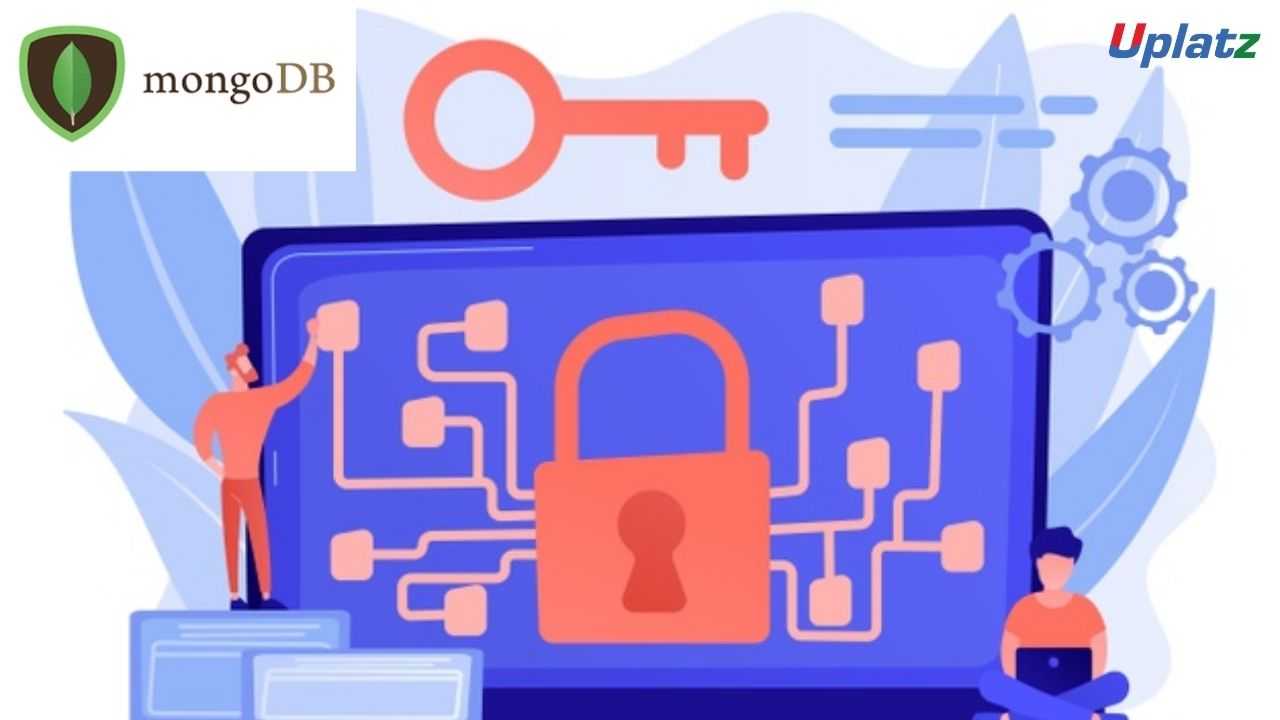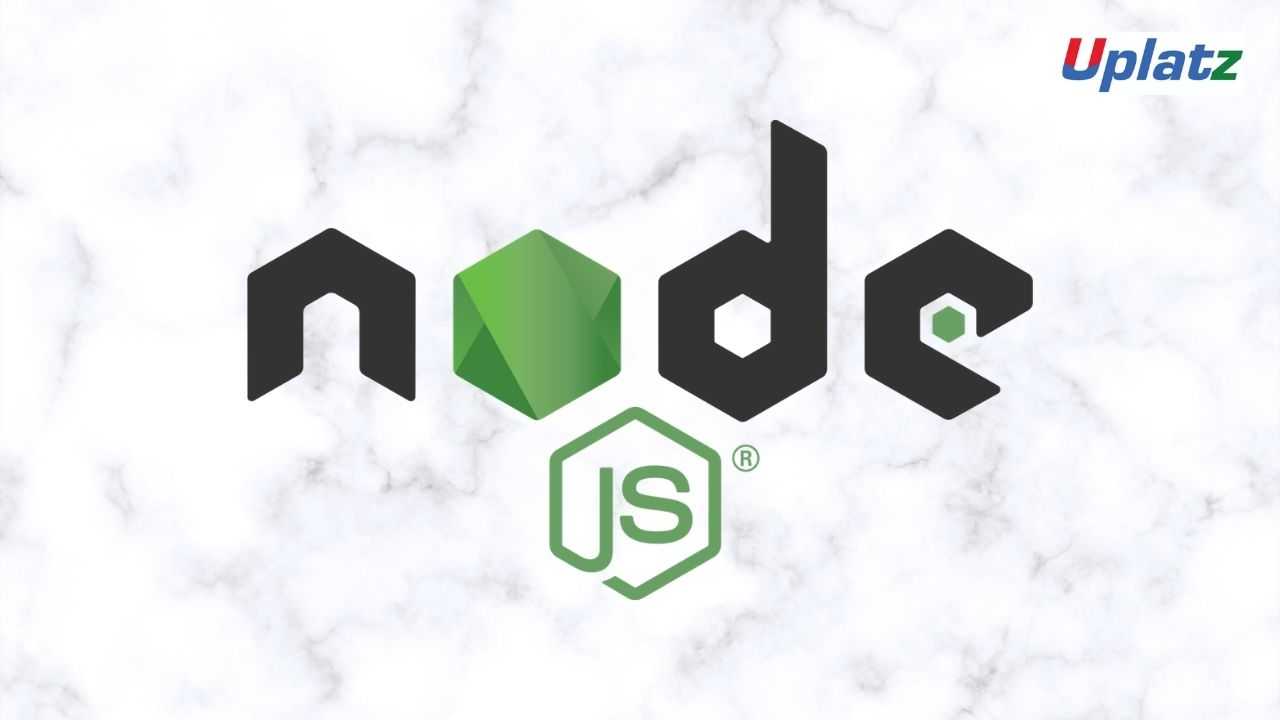Interview Questions - MongoDB
Prepare for questions you may encounter during your interview for the subject of MongoDB. Price Match Guarantee
Full Lifetime Access
Access on any Device
Technical Support
Secure Checkout
Course Completion Certificate
Price Match Guarantee
Full Lifetime Access
Access on any Device
Technical Support
Secure Checkout
Course Completion Certificate
 86% Started a new career
BUY THIS COURSE (
86% Started a new career
BUY THIS COURSE (GBP 12 GBP 29 )-
 94% Got a pay increase and promotion
94% Got a pay increase and promotion
Students also bought -
-

- MongoDB Administration
- 5 Hours
- GBP 12
- 17 Learners
-

- Node.js
- 21 Hours
- GBP 12
- 1896 Learners
-

- Career Path - Technology Manager
- 400 Hours
- GBP 32
- 6860 Learners

This course by Uplatz focuses on commonly asked interview questions on MongoDB.
These MongoDB Interview Questions have been designed specially to get you acquainted with the nature of questions you may encounter during your interview for the subject of MongoDB. Normally questions start with some basic concept of the subject and later they continue based on further discussion and what you answer. If you are preparing for a job interview requiring skills in MongoDB, this article is going to be your one-stop-shop. Here you can learn about the definition of aggregation, sharding and splitting of the MongoDB, the procedure of creation of MongoDB schema, applications of MongoDB, the MongoDB structure in detail and many more.
MongoDB is a distributed Database at its core, so high availability, horizontal scaling, and geographic distribution are built in and easy to use. This training will help you master the leading document-oriented NoSQL database, MongoDB Architecture, CRUD, Schema Design, Data Modelling and Indexing using real-life case studies.
MongoDB is a document-based database created in 2007 by 10gen software. It works on the concept of collections and documents. A MongoDB server can contain multiple databases and offers high performance along with redundancy and easy scalability. Collection in MongoDB can be considered as a group of documents that can have different types of fields. The document is a set of key-value pairs having a dynamic schema i.e. common fields may hold different types of data and all documents in the same collection need not have the same structure.
MongoDB certification course makes you job-ready by helping you master data modeling, ingestion, query, sharding, and data replication with MongoDB, along with installing, updating, and maintaining the MongoDB environment. You will also gain proficiency in MongoDB configuration and backup methods as well as monitoring and operational strategies.
Course/Topic - Interview Questions - MongoDB - all lectures
-
Topics covered in this video: a) Practical session on MongoDB .......... Objectives of this video: a) Practical session on MongoDB with operators and CRUD operations.
-
Topics covered in this video: a) Interview Questions and FAQs on MongoDB .......... Objectives of this video: a) Popular Interview Questions and Answers on MongoDB and Frequently Asked Questions.
• If you are preparing for a job interview that needs MongoDB expertise, this course would be your one-stop guide for MongoDB interview questions.
• You will read about various concepts of sharding, slicing and much more.
• Follow the top simple and advanced MongoDB interview questions to become an indispensable MongoDB developer.
• Learn some of the most frequently asked MongoDB interview questions and answers.
The MongoDB Certification ensures you know planning, production and measurement techniques needed to stand out from the competition.
MongoDB is a document database used to build highly available and scalable internet applications. With its flexible schema approach, it's popular with development teams using agile methodologies.
MongoDB is widely used for storing product information and details by finance and e-commerce companies. You can even store the product catalog of your brand in it. MongoDB can also be used to store and model machine-generated data. For this, you can learn the “Storing Log data” document.
MongoDB is an open source NoSQL database management program. NoSQL is used as an alternative to traditional relational databases. NoSQL databases are quite useful for working with large sets of distributed data. MongoDB is a tool that can manage document-oriented information, store or retrieve information.
As knowledge of multiple frameworks is no harm in your Big Data career. MongoDB certification helps you enhance the skills as a Big Data Engineer as well as it gives a significant boost to your career in terms of salary and hike.
MongoDB may have branded the examination as an 'Associate' level exam, but it is by no means easy. The exam requires a strong grasp on all topics tested and having hands-on experience with MongoDB would be a huge help.
Uplatz online training guarantees the participants to successfully go through the MongoDB Certification provided by Uplatz. Uplatz provides appropriate teaching and expertise training to equip the participants for implementing the learnt concepts in an organization.
Course Completion Certificate will be awarded by Uplatz upon successful completion of the MongoDB online course.
The MongoDB draws an average salary of $114,000 per year depending on their knowledge and hands-on experience.
MongoDB is a document-oriented type of NoSQL database. It's the most popular type of document store on the market. The latest salary reports from indeed.com reveal that there is a large demand for skilled Big Data professionals.
The vast majority of revenue for MongoDB ( MDB 3.56% ) comes from its namesake database. Just over half of total revenue is derived from Atlas, the company's cloud database service, while much of the rest comes from its Enterprise Advanced service aimed at large customers looking to run MongoDB on their own hardware.
Note that salaries are generally higher at large companies rather than small ones. Your salary will also differ based on the market you work in.
DBA – II.
Senior Data Base Administrator II.
Tech Lead – Java.
Backend Developer Python
1) Explain what is MongoDB?
Mongo-DB is a document database which provides high performance, high availability and easy scalability.
2) What is “Namespace” in MongoDB?
MongoDB stores BSON (Binary Interchange and Structure Object Notation) objects in the collection. The concatenation of the collection name and database name is called a namespace.
3) What is sharding in MongoDB?
The procedure of storing data records across multiple machines is referred as Sharding. It is a MongoDB approach to meet the demands of data growth. It is the horizontal partition of data in a database or search engine. Each partition is referred as shard or database shard.
4) How can you see the connection used by Mongos?
To see the connection used by Mongos use db_adminCommand (“connPoolStats”);
5) Explain what is a replica set?
A replica set is a group of mongo instances that host the same data set. In replica set, one node is primary, and another is secondary. From primary to the secondary node all data replicates.
6) How replication works in MongoDB?
Across multiple servers, the process of synchronizing data is known as replication. It provides redundancy and increase data availability with multiple copies of data on different database server. Replication helps in protecting the database from the loss of a single server.
7) While creating Schema in MongoDB what are the points need to be taken in consideration?
Points need to be taken in consideration are
· Design your schema according to user requirements
· Combine objects into one document if you use them together. Otherwise, separate them
· Do joins while write, and not when it is on read
· For most frequent use cases optimize your schema
· Do complex aggregation in the schema
8) What is the syntax to create a collection and to drop a collection in MongoDB?
· Syntax to create collection in MongoDB is db.createCollection(name,options)
· Syntax to drop collection in MongoDB is db.collection.drop()
9) Explain what is the role of profiler in MongoDB?
MongoDB database profiler shows performance characteristics of each operation against the database. You can find queries using the profiler that are slower than they should be.
10) Explain can you move old files in the moveChunk directory?
Yes, it is possible to move old files in the moveChunk directory, during normal shard balancing operations these files are made as backups and can be deleted once the operations are done.
11) To do safe backups what is the feature in MongoDB that you can use?
Journaling is the feature in MongoDB that you can use to do safe backups.
12) Mention what is Objecld composed of?
Objectld is composed of
· Timestamp
· Client machine ID
· Client process ID
· 3 byte incremented counter
13) Mention what is the command syntax for inserting a document?
For inserting a document command syntax is database.collection.insert (document).
14) Mention how you can inspect the source code of a function?
To inspect a source code of a function, without any parentheses, the function must be invoked.
15) What is the command syntax that tells you whether you are on the master server or not? And how many master does MongoDB allow?
Command syntax Db.isMaster() will tell you whether you are on the master server or not. MongoDB allows only one master server, while couchDB allows multiple masters.









